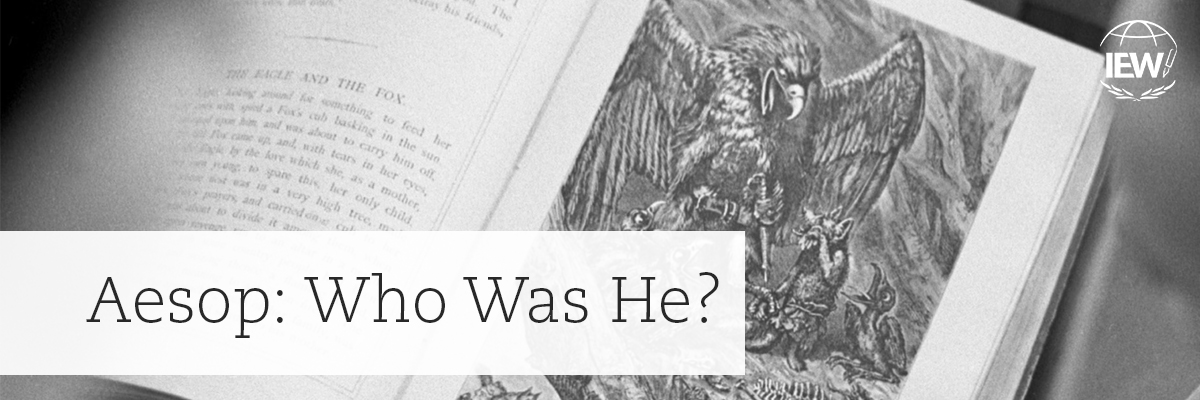
Who was Aesop? His fables are world famous, but the man, if he even existed at all, is shrouded in mystery. What little is known about him is likely conflated to legend in lieu of history, but the story is still quite fascinating.
Aesop (modern pronunciation EE-SOP) is the Latinized form of the name taken from the Greek. Purportedly a slave who dwelt on the island of Samos, he was also described as being very ugly. It is thought that he lived during the sixth century B.C. His name is a variant of the name “Acthiop,” which is a Greek reference to Ethiopia. (Some theorize that it’s possible he came from that area of Africa.) Although he was mentioned by the Greek historian Herodotus as well as by the philosopher Plutarch, the common thought today is that Aesop the man never truly existed. More likely he was an amalgamation of several fable creators, whose tales weren’t documented in ink until much later.
Aesop fables, which are brief tales of animals and humans, convey some sort of moral or lesson. If you’ve taught Structure and Style, you probably have used some of these short tales since they make perfect source texts for several of the nine IEW units. While the fables were initially recited aloud, eventually they were gathered together into a collection. The first known one was released in the fourth century B.C., but it was lost over time. During the medieval period William Caxton brought the stories to England when he introduced the island country to the printing press, and as a result the collected fables were one of the first books to be published in English.
Today there are many versions of Aesop fables to select from, but there are two that are especially interesting. In 1912 a version titled Aesop’s Fables was published. Contained within the volume is an introduction penned by G.K. Chesterton that is quite interesting to read, but if you want to share the fables with your students, definitely take a look at The Aesop for Children, the version illustrated by Milo Winter and published in 1919. Both versions are available for free as PDFs. Share with your students the famous fables of “The Fox and the Grapes,” “The Shepherd Boy and the Wolf,” “The Hare and the Tortoise,” or another of the 725 fables attributed to Aesop. Additionally you can check out IEW’s Level A theme-based course Fables, Myths, and Fairy Tales, which contains several fables to write about.
Supposedly, Aesop the man, if indeed he was a man, met an ignominious ending. It is said that he was caught stealing a precious cup, possibly from Apollo’s temple at Delphi, and was tossed from a cliff. Whether that is true or whether the man is actually a myth, the world today is richer for having the fables to read and to share.
Bibliography
“Aesop.” Encyclopedia of World Biography, Encyclopedia.com, 27 Apr. 2020,
www.encyclopedia.com/people/literature-and-arts/classical-literature-biographies/aesop.
“Aesop.” Soylent Communications, 2019, www.nndb.com/people/844/000087583/.
Editors of Encyclopaedia Britannica. “Aesop.” Encyclopædia Britannica, 26 Mar. 2020,
www.britannica.com/biography/Aesop.
|
Jennifer Mauser has always loved reading and writing and received a B.A. in English from the University of Kansas in 1991. Once she and her husband had children, they decided to homeschool, and she put all her training to use in the home. In addition to homeschooling her children, Jennifer teaches IEW classes out of her home, coaches budding writers via email, and tutors students who struggle with dyslexia. |

